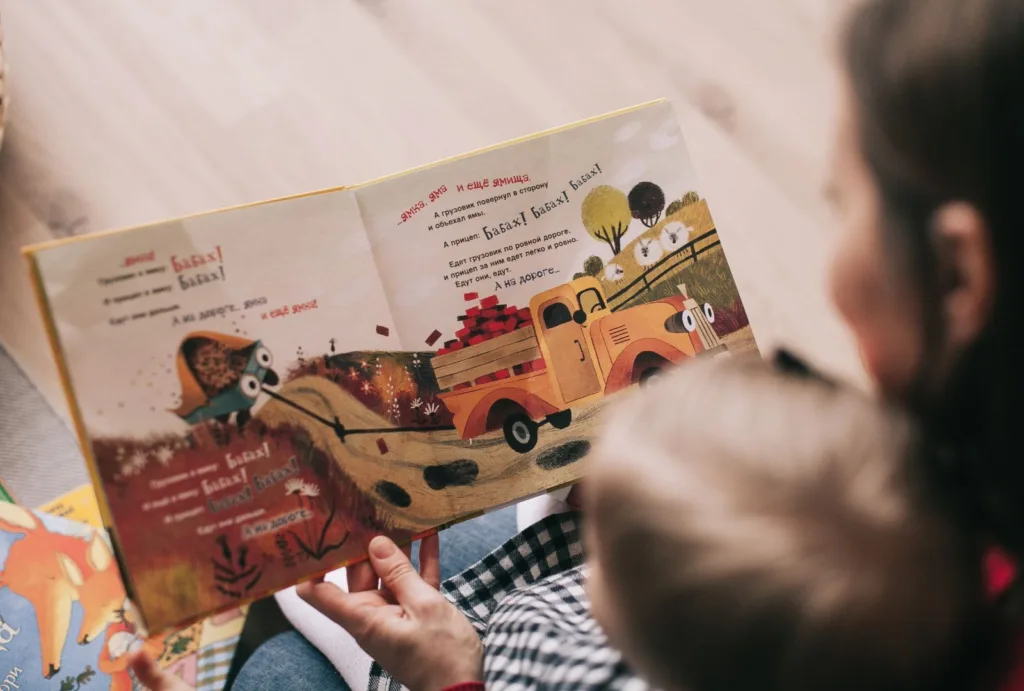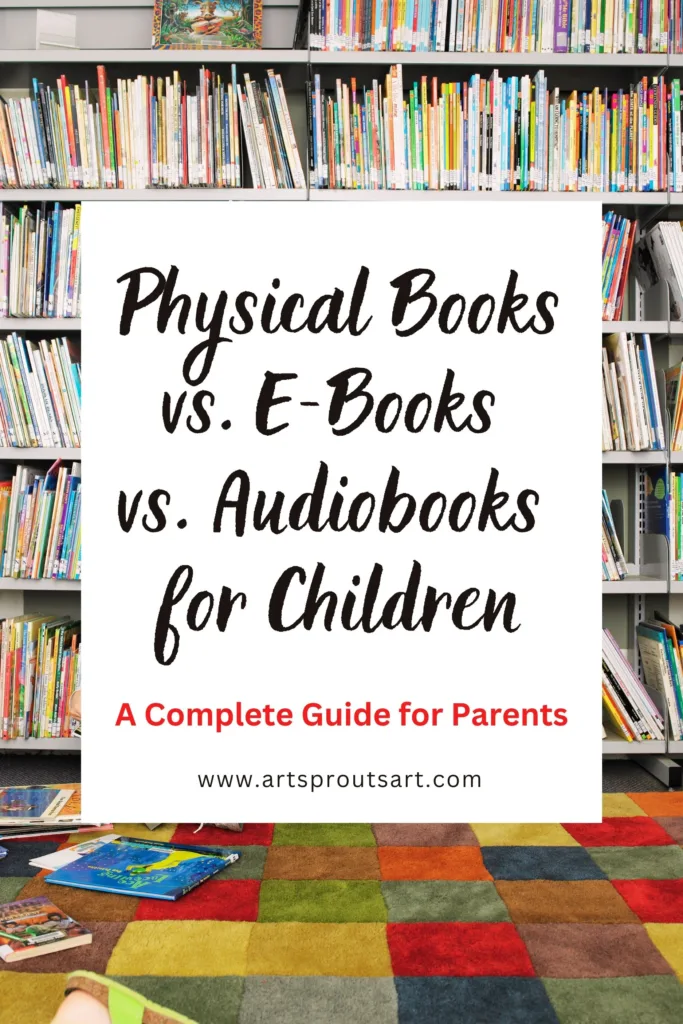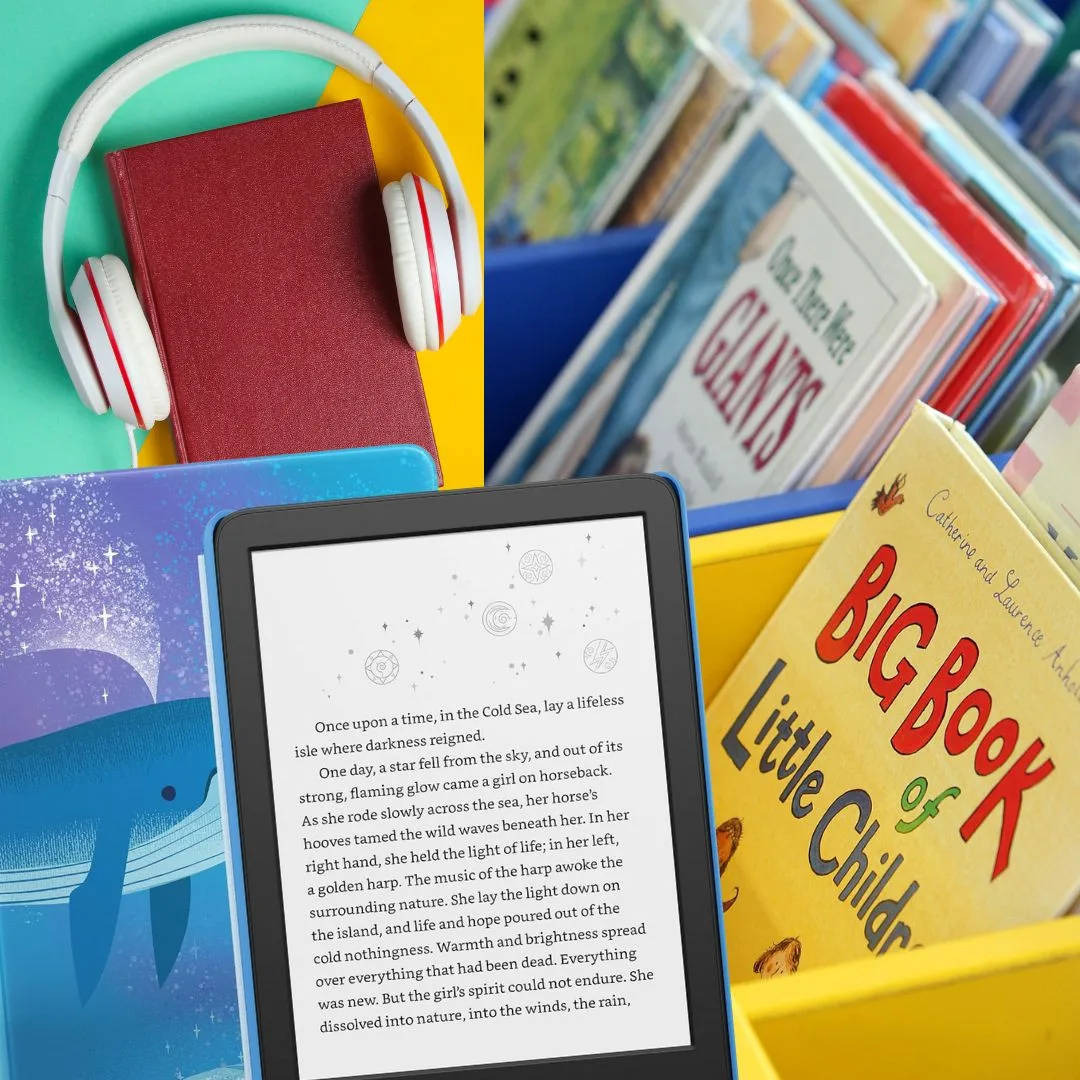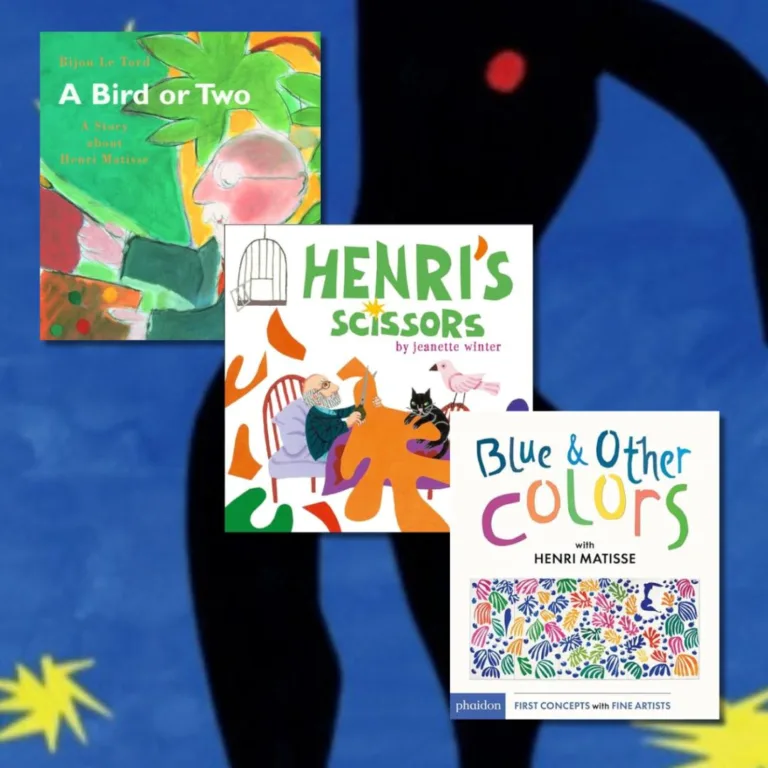Physical Books vs eBooks for Kids
The debate between physical books and eBooks for kids has never been more relevant. While traditional books offer a tactile and immersive experience, eBooks provide portability, convenience, and interactive features. But which format is best for children in the context of physical books vs ebooks for kids?
For many families, the answer isn’t black and white. Physical books are wonderful for shared reading and early childhood development, while eBooks offer flexibility, affordability, and space-saving benefits. In our home, we’ve found that a mix of both works best—using physical books for picture-heavy stories and eBooks for independent reading on-the-go, especially when considering the debate of physical books vs ebooks for kids.
That said, if you’re considering introducing your child to digital reading, choosing the right e-reader is key. Unlike tablets, dedicated e-readers are designed for focused reading—free from social media, games, or internet distractions. Some even come with library access, while others offer subscription services with thousands of books.
If you’re leaning toward eBooks, be sure to check out my guide to the best eBook readers for kids, where I break down the top options, their features, and what to consider before buying.
Read also:

Looking for Your Next Favorite Children’s Book?
Join our newsletter and never miss a story!
Physical Books vs eBooks for Kids: Key Differences

The Benefits of Physical Books for Kids
Choosing between physical books, e-books, and audiobooks for your child isn’t always straightforward. Each format brings something different to the table, whether it’s the tactile experience of physical books, the convenience of e-books, or the hands-free storytelling of audiobooks. While there’s no perfect answer, I’ve found that using a mix of all three formats works best in our home.
In our family, we love the charm of physical books, especially for younger kids who thrive on that sensory connection. But as we’ve adapted over time, tools like the Kindle and Audible have become staples too, offering flexibility and making it easier to fit reading into our busy days. Between these formats, we’ve built a balanced reading routine that grows with us and keeps things fun.
The Science Behind Reading: Are Physical Books Better for Kids?
The debate over physical books vs eBooks for kids isn’t just about personal preference—it’s backed by research. Several studies have explored how reading comprehension, memory retention, and engagement differ between print books and digital screens.
1. Comprehension & Retention
Research suggests that children understand and remember more when reading physical books compared to eBooks. A study published in Psychology Today found that comprehension is six to eight times better with print books than e-readers. One reason is that physical pages provide spatial landmarks—allowing kids to recall where information was on a page, which aids memory.
2. Parent-Child Interaction & Engagement
A study from the American Academy of Pediatrics found that when parents read print books with children, there is more conversation, interaction, and engagement compared to eBooks. Tactile engagement, such as turning pages and pointing to illustrations, encourages deeper learning.
💡 What This Means for Parents: If fostering deep comprehension and discussion is a priority, physical books may be the better choice, especially for younger readers.

Pros of Physical Books for Children
There’s something special about a physical book, especially when it comes to young children. From the feel of the paper to the act of turning the pages, physical books provide a sensory experience that is hard to replicate.
- Tactile Interaction: For young children, especially toddlers and preschoolers, physical books engage their senses in a way digital formats can’t. Turning pages, feeling the book’s weight, and looking at illustrations help develop fine motor skills and sensory awareness. The physicality of books also aids in concentration and focus.
- Visual Tracking and Cognitive Development: As children visually track the words and images on a page, it helps with their cognitive growth. For younger children, this is essential for learning how to connect language with imagery.
- No Screen Time: With concerns about excessive screen exposure, physical books provide a screen-free way for children to engage with stories. This is particularly beneficial for younger kids who are more sensitive to screen time.
Cons of Physical Books for Children
- Bulky and Less Portable: While there’s nothing quite like a physical book, they can be bulky and take up space. If you’re traveling or have limited storage at home, physical books can be less convenient.
- Cost: High-quality picture books and board books, especially when bought new, can be expensive. Libraries and second-hand shops can help cut down costs, but for families who like to own books, it can add up.
The Benefits of eBooks for Kids
E-books are incredibly convenient, especially as your child grows and becomes more independent in their reading. They bring a lot of practical advantages to the table, especially for families who need space-saving solutions or who travel frequently.

Pros of E-Books for Kids
- Portability: With a single e-reader, you can carry hundreds of books. This is especially useful for families on the go or for children who like to read multiple books at once.
- Customization: E-books allow you to adjust font size, brightness, and even background colors, making it easier for children with vision difficulties or learning disabilities to engage with the text. Features like built-in dictionaries and read-aloud functions can also support learning.
- Cost-Effective: Services like Kindle Unlimited offer access to thousands of books at a monthly rate, making e-books a more affordable option in the long run compared to buying individual physical copies.
Cons of E-Books for Kids
- Screen Time Concerns: For younger children, excessive screen time can be a concern. While older children may handle e-books well, parents of toddlers and preschoolers may want to limit screen exposure and stick to physical books when possible.
- Less Tactile Experience: E-books lack the physical interaction that comes with holding and flipping through a real book. For very young children, this can be a drawback as they miss out on that sensory development.
If you’re leaning toward eBooks for your child, choosing the right e-reader is essential. Unlike tablets, dedicated e-readers offer a distraction-free reading experience with glare-free E-Ink screens, long battery life, and built-in parental controls.
Some models, like the Kindle Paperwhite Kids, even come with an Amazon Kids+ subscription, giving access to thousands of books at no extra cost. For a complete guide on the best eBook readers for kids, including features, affordability, and alternatives that work with public libraries, check out my in-depth e-reader guide here.
Kindle vs Physical Books for Kids: Which One Should You Choose?
Ultimately, there’s no “one-size-fits-all” answer. For very young children, physical books are often the best choice due to their sensory and developmental benefits. As your child grows, e-books become a fantastic way to encourage independent reading while providing a space-saving, cost-effective solution.
The key is to find the right balance based on your child’s age, preferences, and your family’s lifestyle. Each format has its strengths, and together, they can create a well-rounded reading experience that grows with your child.
Save for Later:









